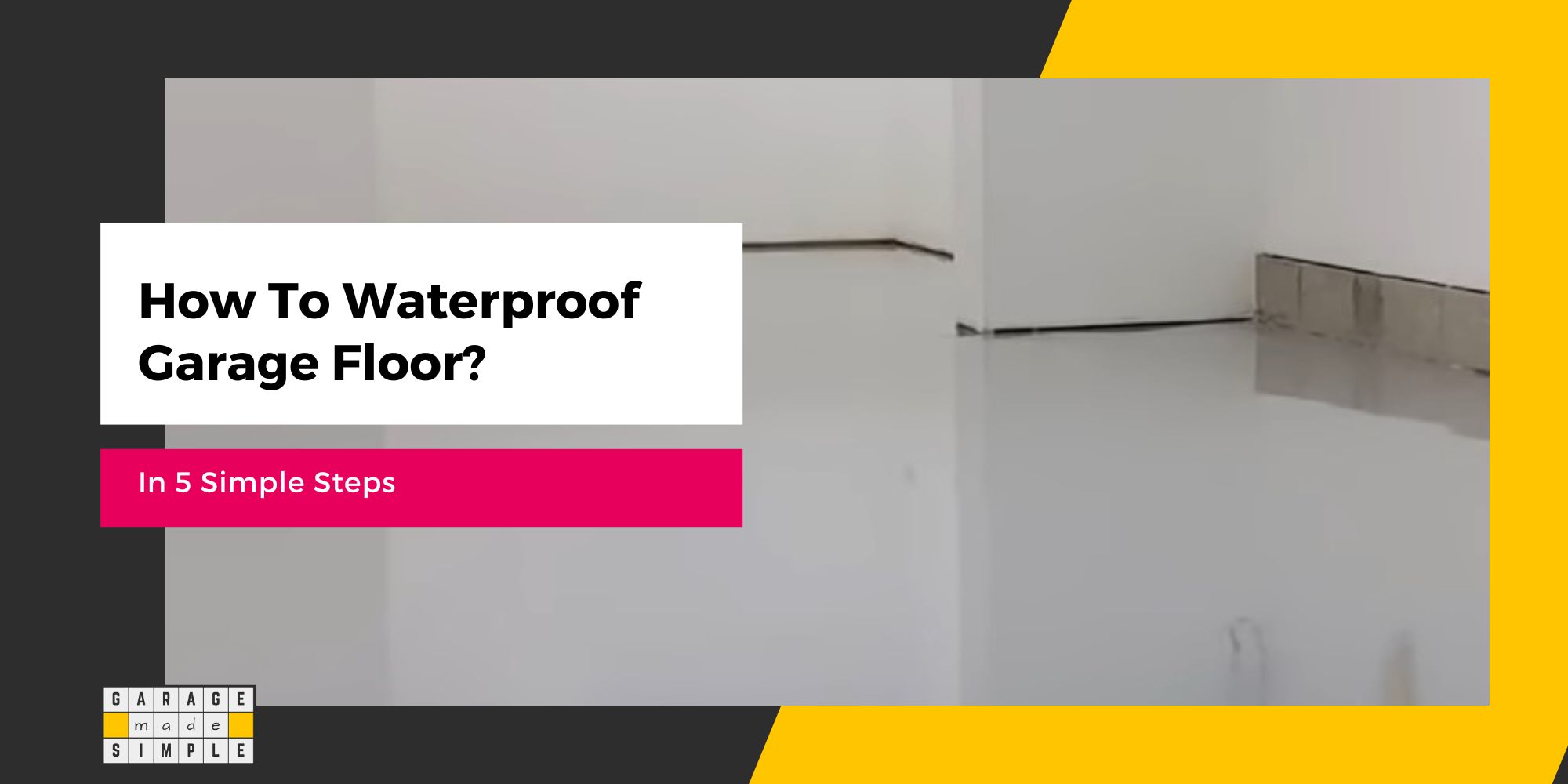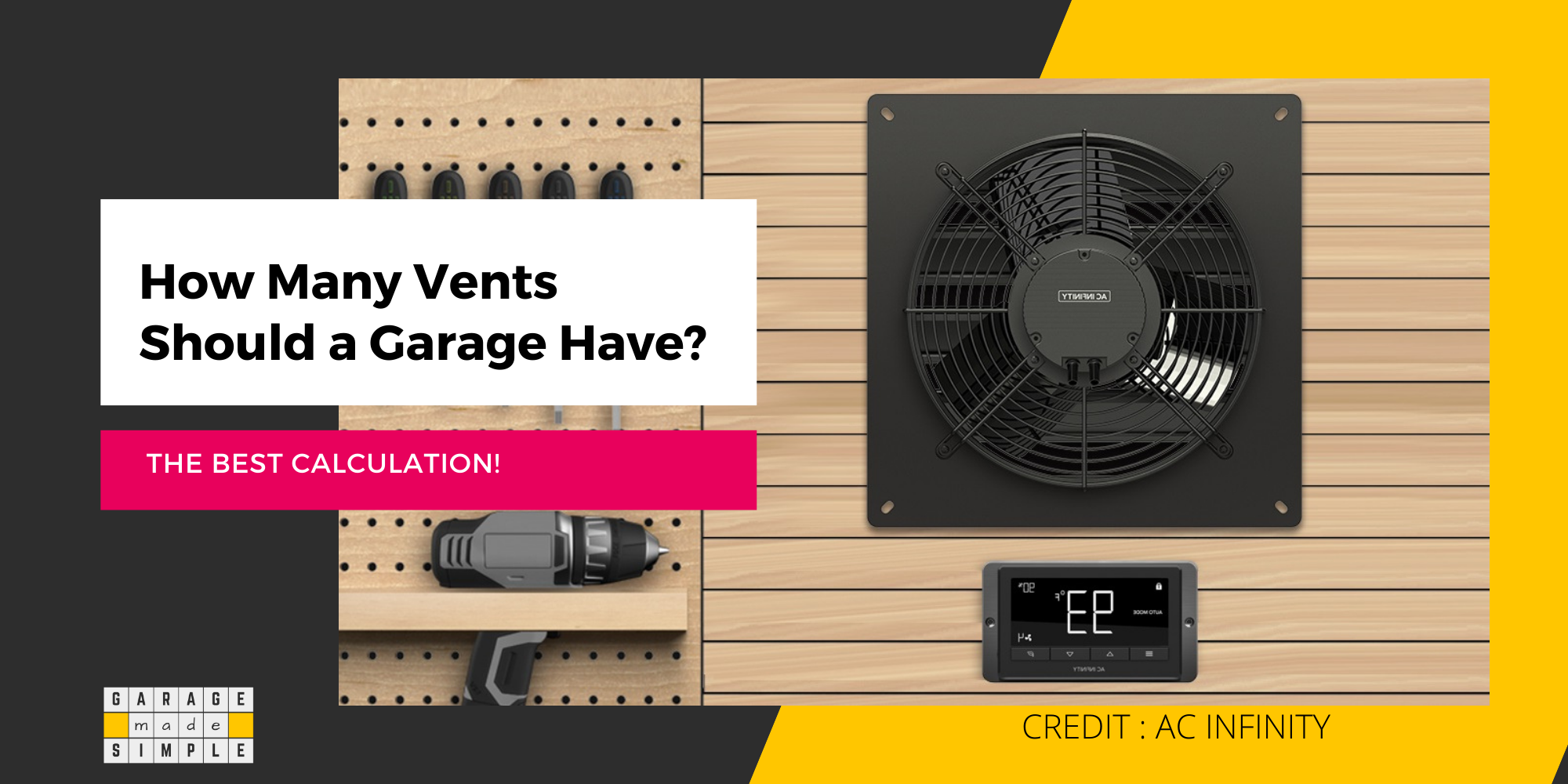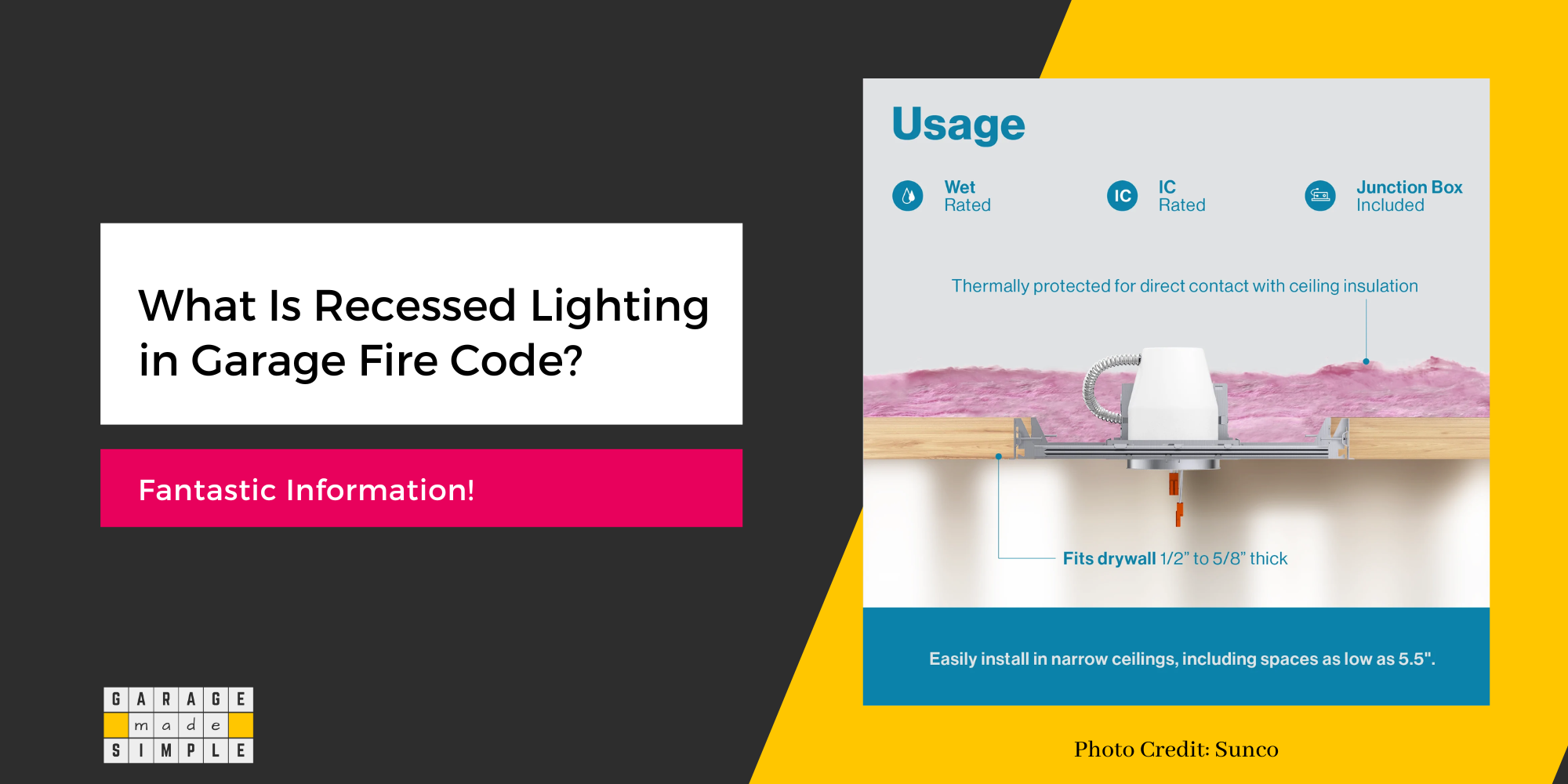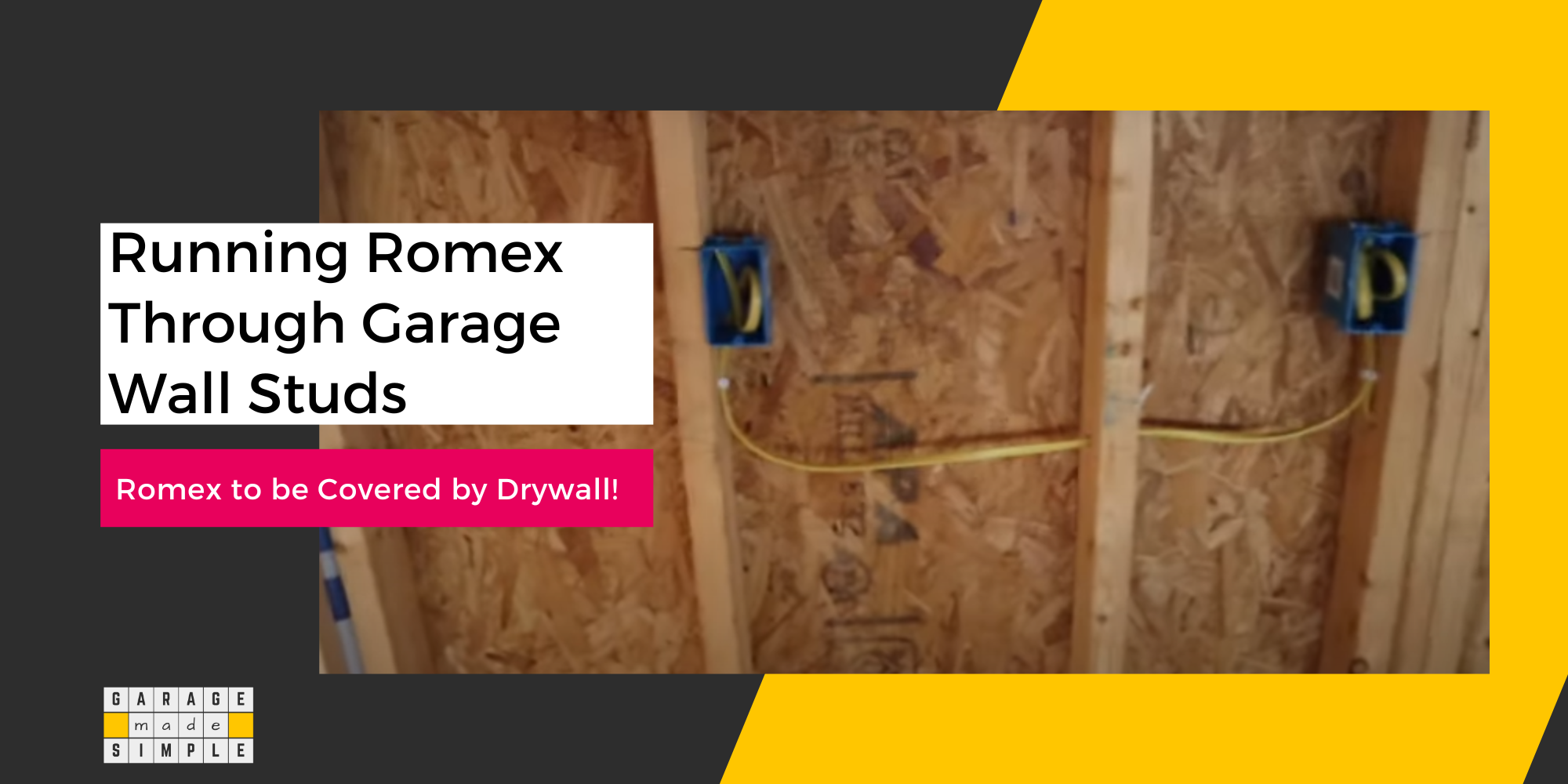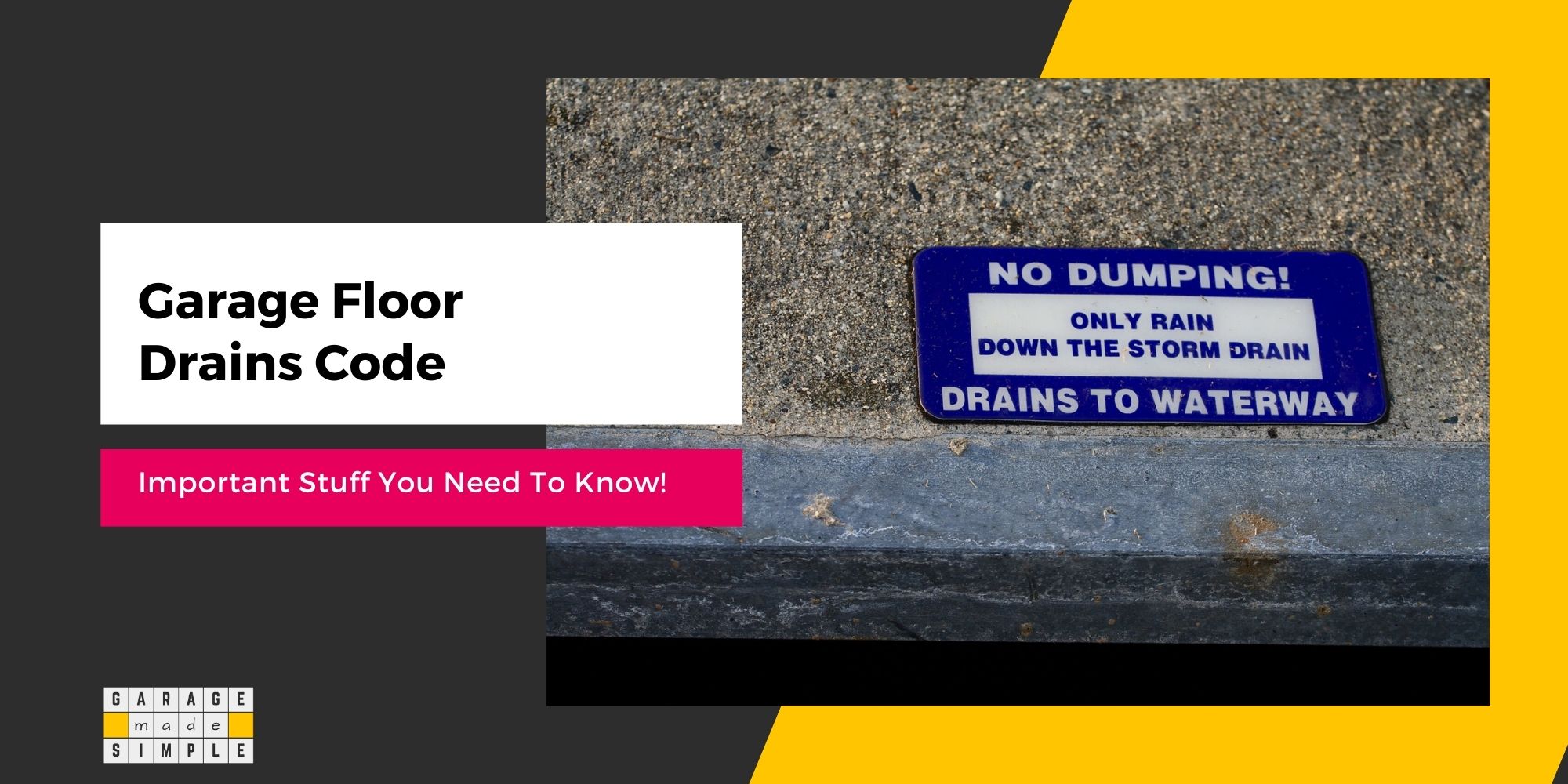Does Garage Wiring Need to Be in Conduit? Best Guide
garagemadesimple.com is a participant in the Amazon Services LLC Associates Program, an affiliate advertising program designed to provide a means for sites to earn advertising fees by advertising and linking to Amazon.com . The website is also an affiliate of a few other brands.
Does Garage Wiring Need to Be in Conduit?
A new garage requires wiring to power the garage door opener, lights, etc. Even an old garage may need new wiring. But does garage wiring need to be in conduit?
Surface wiring on solid garage walls must always be in a conduit. Exposed wiring is not permissible by code. However, a Romex cable can be run without a conduit provided the cable is behind drywall or other sheathing. THHN/THWN wiring must always be in a conduit, even behind drywall or sheathing.
So the answer to the question of whether garage wiring needs to be in conduit, really depends on the type of cable or wire and whether it is exposed or not. Exposed wires and cables are required to be in a conduit.
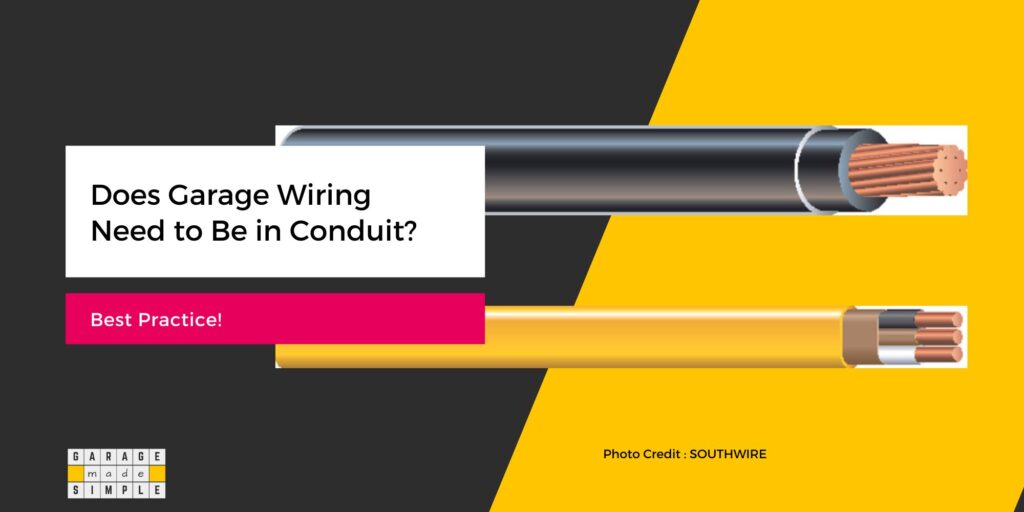
What Is the Purpose of a Conduit?
The purpose of a conduit for garage wiring is to protect the cable or wire from physical & chemical damage as well as moisture & water.
Article 334.15 (B) of 2020 National Electric Code (NEC) states that
Protection from Physical Damage: Cable shall be protected from physical damage where necessary by rigid metal conduit, intermediate metal conduit, electrical metallic tubing, Schedule 80 PVC conduit, Type RTRC marked with the suffix -XW, or other approved means.
What Kind of Wire Do You Use in a Garage?
The two most common types of electrical wires used for wiring interior spaces, be it your bedroom, basement or garage, are Romex and THHN/THWN. So what are they and what is the difference between Romex and THHN/THWN?
Romex Cable
Romex® NM-B is a nonmetallic-sheathed cable that may be used for both exposed and concealed work. NM-B cable is primarily used in residential wiring as branch circuits for outlets, switches, and other loads.

Romex® is a product from Southwire®, a reputable cable and wire provider. (Information Source: Southwire)
Romex has become synonymous with the generic category of non metallic sheathed cable just like Sheetrock has for drywall and Kleenex has for facial tissue.
THHN/THWN Wire
THHN/THWN Wires are individual strands, unlike Romex, which is a cable. A cable has 2 or more THHN/THWN Wires sheathed in PVC jacket.

THHN/THWN wires are best for insulated wire inside conduits. The letters indicate specific properties of the wire insulation:
- T: Thermoplastic
- H: Heat-resistant; HH means highly heat-resistant
- W: Rated for wet locations
- N: Nylon-coated, for added protection
Romex is generally suitable only for dry interior spaces with moderate temperatures. THHN/THWN Wire is not only suitable for indoor applications but also for outdoor applications.
When to use Romex?
- For branch wiring
- Concealed applications
When to use THHN / THWN
- In high temperature and/or high humidity environment
- Within conduit
Running garage wiring behind drywall, without a conduit, is a well accepted best practice! Romex is generally used for branch circuits from the garage subpanel to garage door opener, garage lights and GFCI compliant receptacles.
Can You Run Romex in a Garage Without Conduit?
As mentioned earlier, you can run Romex in a garage, without a conduit, provided it is not exposed. The Romex cable has to be behind drywall or some other kind of sheathing such as plywood, OSB or Fiber Cement Board.
Not only that, local inspectors and best wiring practice demands that the Romex cable is secured to a stud, joist, base plate or top plate. Romex cable should never sag and must be supported every 6’ using staples. The final staple should be no further than 12” from the outlet.
When running Romex horizontally, from one end of the garage wall to another, the best practice is to drill a hole in the center of each garage wall stud. Make sure that the holes are at the same height. Then run the Romex cable through those holes. The cable will be straight and well supported.
NOTE 1: While running Romex cable through holes in garage wall studs is permitted, running it on the face of the studs is not, as there is a risk of physical damage.
NOTE 2: Adding insulation such as Rockwool around the Romex cable in the stud cavity is not only permitted but even encouraged.
Running Romex through a conduit is quite difficult and is not favored by most electricians. The code however, permits running Romex through conduit.
Can THHN/THWN Wires Be Run Without Conduit?
The answer is NO. The reason THHN/THWN wires must be in a conduit is that they are thin and have less coating on them. If not enclosed in a conduit they can get damaged very easily.
Though THHN/THWN wires must always be in a conduit they have a few advantages over Romex when it comes to garage wiring.
As long as THHN/THWN wires are in the appropriate conduit they can be used
- Outdoors
- Underground
- Hot & Humid Environment
THHN/THWN wires are most suited for pulling through a conduit as they are thin and have a smooth nylon coating. THHN/THWN wires are also relatively inexpensive.
How to Wire a Garage?
Here is a general guide to give you an idea. Specific requirements may vary based on your location and the complexity of your project. PLEASE SEE THE DISCLAIMER BELOW BEFORE COMMENCING.
Step 1: Safety and Legal Considerations
It is best to entrust any electrical work to licensed professionals. If you do want to go ahead and do the wiring yourself, evaluate your electrical skills and knowledge first. Do not take unwarranted risks.
Research your state or local electrical codes and regulations. Compliance with these codes is essential for safety and legal reasons. Obtain the required permits for your electrical project.
Step 2: Gather Materials
Compile a list of the electrical supplies and materials you’ll need for the project. This includes Romex cables, conduits, gang boxes, outlets, switches, circuit breakers, wire nuts, staples, and any other tools & components required for the wiring work.
Step 3: Modify Existing Circuits
If there are existing electrical circuits in your garage, you may need to make modifications to accommodate your needs. Reconfigure existing outlets to meet your requirements.
Install new outlets where needed while adhering to local electrical code and safety standards.
Properly connect the wiring, ensuring that you follow the correct color coding (e.g., black for hot, white for neutral, green for ground).
Secure gang boxes to structural elements such as studs, ensuring they are level and securely fastened.
Step 4: Wiring the New Circuit
Install electrical boxes and plan your wiring scheme before running the cables between them. Use staples to secure the cables to the framing every 4 feet.
Identify the main circuit (home run) that will supply power to the new outlets. Run 12-2 Romex cable from this source to the outlets, following code requirements.
Secure the Romex cable along the walls and ceiling, making sure it is properly fastened and routed through drilled holes in the studs. Maintain a distance of at least 1-1/4 inches from the front and back surfaces of studs and joists when securing wires.
PRO TIP: When wiring an unfinished garage, exposed electrical cable must follow the framing members (studs, plates, and ceiling joists) for protection and support.
When wiring on hard-surfaced walls (e.g., drywall, concrete), protect the cables by encasing them in conduit (PVC or metal). Use appropriate connectors, boxes, straps, and conduit sizes based on your needs.
Step 5: Install New Lighting
Remove any old lighting fixtures that are no longer needed in the garage. Install new lighting fixtures, spacing them appropriately to ensure even illumination. Use separate switches for different sets of lights, in compliance with local electrical codes.
Step 6: Final Checks and Testing
Before conducting tests, turn off the circuit breaker for the garage to prevent accidents. Inspect all wiring connections, ensuring they are secure and that there are no exposed wires.
Turn the circuit breaker back on and test all outlets and switches to ensure they are functioning correctly. Test any motion-sensing lights or special lighting features that have been installed. Review and confirm that all safety measures are in place, such as ground fault protection and tamper-resistant outlets.
If required by local regulations, schedule an inspection to verify that your electrical work complies with safety codes.
DISCLAIMER: What Is the Safest Way to Handle Electrical Wires?
This post is for information only. I strongly recommend that all electrical work should be entrusted to licensed professional electricians. In case you do decide to do some of the work yourself, make sure that:
“Treat all electrical wiring, even “de-energized” ones as if it is live, unless it has been locked out and tagged”
You must follow the basic safety guidelines, as under:
- Use protective eyewear, especially when drilling or grinding metal
- Wear insulated rubber gloves when working on any circuit or branch circuit
- Always use insulated tools while working with electricity
- De-energize the electrical wires on which you will be working. Tag the circuit breaker to prevent someone from switching it on accidently
- Electrical wiring in wet or damp locations or underground must be within a PVC conduit
- Underground wiring conduits should be at least 18 inches below grade as per code
- All receptacles for equipment that could be in wet or damp locations should be equipped with Ground Fault Circuit Interrupter (GFCI)
- Never use old frayed cables, damaged insulation or broken plugs
- High voltage equipment should be properly grounded to insure electricity flows directly to the ground and not through the person in contact with the live wire
Conclusion
Use Romex for garage wiring that is concealed behind drywall or other sheathing, without a conduit.
Use THHN/THWN wires in a conduit for feeder wiring from main panel to subpanel or outdoor & exposed applications.
Thank you very much for reading the post. I do hope you found it informative and useful.

